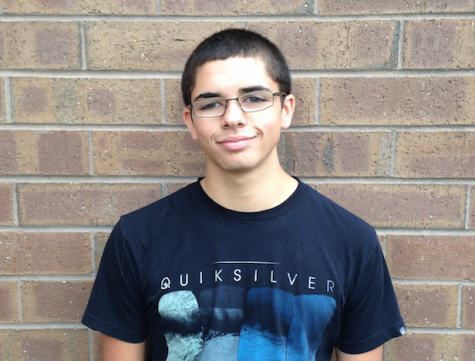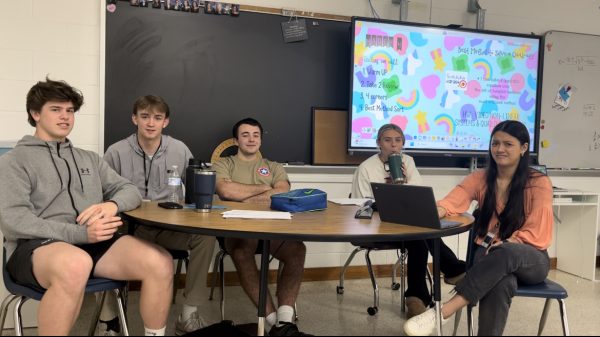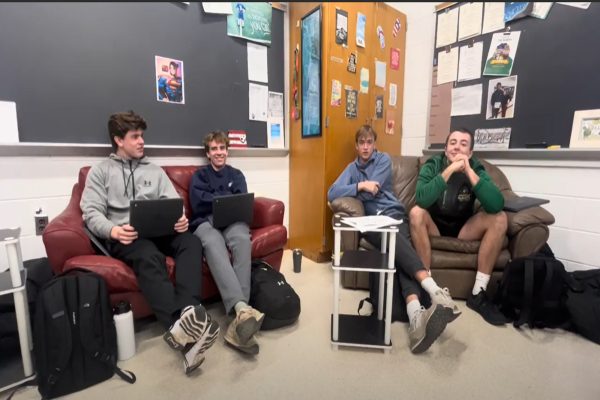Starting from the top
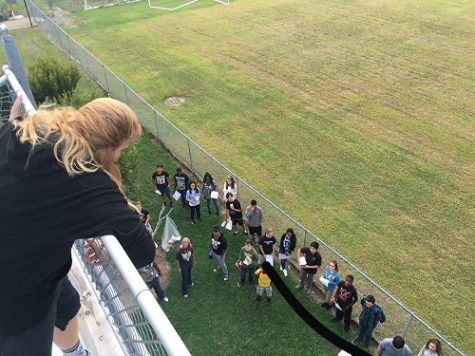
MRS. RHEA’S EARTH Science students wait at the bottom of the stadium to see if the eggs will break.
The fragile, white, oval-shaped figure surrounded by makeshift protection was released from the grip of 51 muscles. Gravity then took over and carried it faster and faster until it smacked the cold surface of the ground.
Upon further examination, all that was left, was a pile of broken egg shells and yoke.
Last week, Mrs. Rhea’s Earth Science students had the chance to test the scientific method, in an unorthodox way. Rhea uses this experiment every year and has been quite successful with it.
In this year’s annual egg drop, the students were tasked with designing the best safeguard to protect their egg. Standing atop the school’s football stadium, each student took their turn dropping their egg and watching whether its design would protect its passenger.
Freshmen Fletcher McConnell won this year’s class vote for most creative design.
“I knew triangles were the strongest shape, so I thought I would make a triangle cube and put the straws on the outside to absorb the shock,” McConnell said.
Some students approached the egg drop with a different plan. Fellow freshman Jahan Frazier, thought to freeze his egg and test drop it beforehand.
“Freezing the egg was a bad idea and test dropping it left it cracked from the beginning,” Frazier said.
Near the end of the experiment, Ms. Rhea shared some insight into the history and popularity off the experiment.
“We’ve been doing this experiment for about 25 years and it happens to be my kids’ favorite activity, probably because they get to go outside and throw eggs onto the ground,” Rhea said.
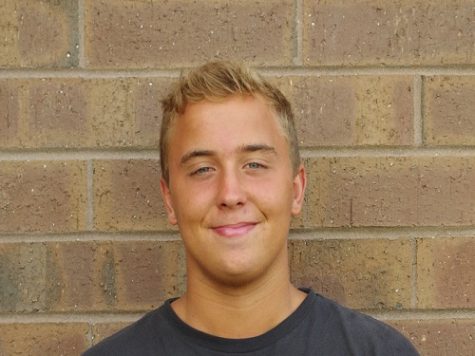
Senior, Journalism II
Multimedia Editor
Michael loves to film and make videos.
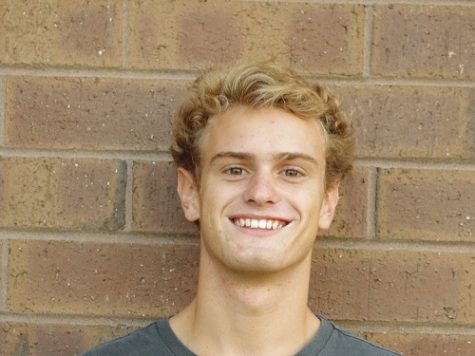
Senior, Journalism II
Editor-In-Chief, Multimedia Editor
Seyler is a self-taught photographer.

